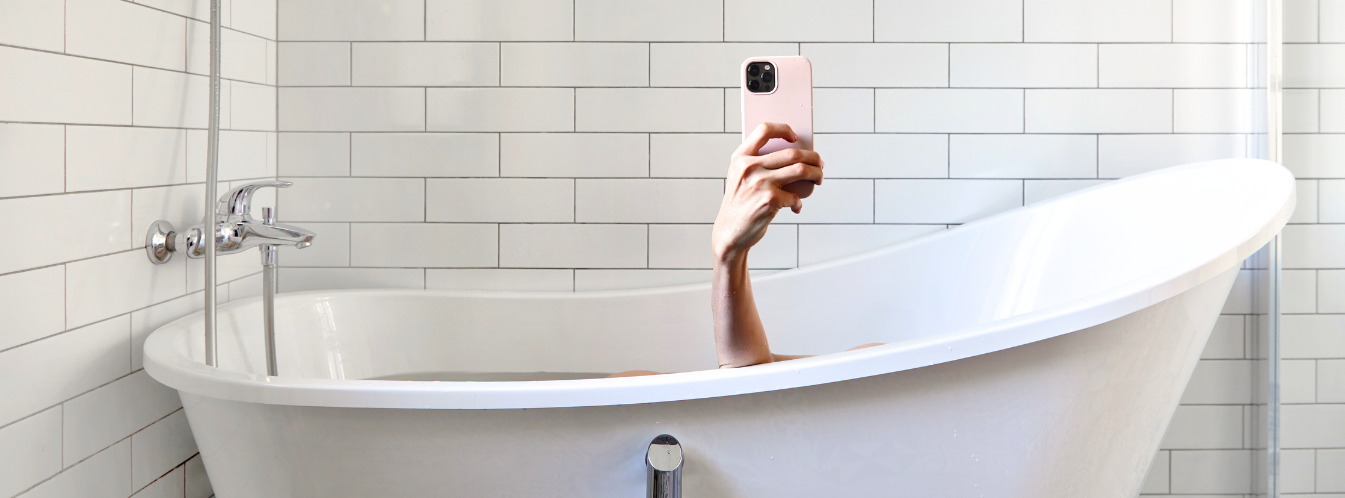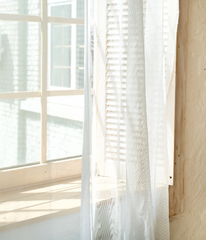Get [PRO] Pricing
Get [PRO] Pricing

During a time dominated by visual content and digital consumption, the value of high-quality photography cannot be overstated, particularly when it comes to showcasing your hard work and finished projects, especially in areas like home improvement or product presentation.
Beyond showcasing a space’s new look, quality photos have the power to convey the value and story behind the project. They tell a narrative by highlighting the craftsmanship and the attention given to detail. Read more for how to take a great photo of your home renovation projects fit with Kingston products.

Lighting in photography is an essential element that can make or break the visual impact of your photos. Understanding the nuances between natural and artificial lighting and how they affect the outcome of your shots will help you decide the easiest strategy to take product photos.

Natural Lighting: The use of natural light, such as sunlight, provides a soft, diffused glow that can beautifully illuminate subjects. Morning and late afternoon light tend to be warmer, creating a cozy ambiance, while midday sunlight can be harsher but provides strong contrasts. Natural light is the preferred light setting for Kingston kitchen and bath product submissions, as it permits the natural beauty of the product to shine while also conveying the real-life feel of the room.
Artificial Lighting: Controlled lighting sources like studio lights or artificial setups grant for precise adjustments. They provide consistency and flexibility, enabling photographers to create specific moods, control shadows, and capture shots regardless of natural light availability. However, mastering artificial lighting setups requires expertise and finesse. Artificial lighting is ideal for dark spaces with limited natural light and for capturing a consistently lit image.
Consistency in lighting across all your shots maintains a connected visual story. Whether using natural or artificial light, ensuring balanced lighting is the key to avoiding overexposed or underexposed areas in the photo. Even and diffused lighting helps highlight details, textures, and colors accurately, portraying your space in its best form.
Balancing light sources, such as mixing natural light with strategically placed artificial sources or reflectors, can create depth and dimension in your photographs.
Ensuring proper lighting is not only about illuminating the subject but also about evoking emotions, setting the mood, and drawing the viewer's attention to the focal points within the frame.


The choice of angles in photography is essential for how a subject is perceived and presented. It allows photographers to emphasize certain features, showcase details, and create a visual narrative.
Overhead shots, taken from above the subject, are ideal for showcasing layouts, designs, and overall compositions. For home projects or product displays, these shots provide a bird's-eye view, presenting a comprehensive look at the arrangement and design elements.
Overhead angles are particularly effective in displaying organization, symmetry, and patterns. In interior design or product photography, an overhead shot can illustrate the spatial distribution, emphasizing the flow and design of the space or product layout.
Close-up shots zoom in on specific details, textures, or craftsmanship.

They let viewers appreciate the finer aspects that might be overlooked in broader shots.
These angles are perfect for showcasing intricate details, material textures, and fine workmanship. For instance, in a DIY project, a close-up shot might focus on the joint of a handcrafted item or the texture of a fabric, emphasizing the skill and effort invested.
Front and side angles give a more traditional view of the subject. They present a straightforward perspective, focusing on how the product works and how it appears from common viewpoints.

Frontal angles highlight the face or primary aspects of the subject, while side angles can emphasize depth or specific features. For instance, in product photography, showcasing a kitchen faucet from the side may reveal its ergonomic design, such as the ease of use for turning handles or the water flow.

Capturing photos that demonstrate the functionality of the subject in action, such as a running water shot for a faucet, can be an interesting “action” image.
These shots provide a realistic depiction of how the product is utilized in everyday situations, allowing potential customers or viewers to visualize its real-world application.

Creating an appealing setting and environment around the subject is pivotal in photography. Staging and decor contribute immensely to the overall narrative and mood of the photos.
Backgrounds and props act as supporting elements that complement the subject and enhance its visual impact. The choice of these elements should not overshadow but rather accentuate the main focus. Select backgrounds and props that go well with the subject, whether it's a home project or a product display. For example, in showcasing a handcrafted item, choosing a background that contrasts but doesn't distract can draw attention to the important details.
The staging should align with the context and purpose of the subject being photographed. It should tell a story or convey a message that resonates with the audience.
For instance, in interior design photography, staging a room to reflect its intended use—such as a cozy reading nook with a comfortable chair, a lamp, and books—helps viewers visualize the room’s true feel.
A clutter-free and simplified background helps direct focus toward the subject, preventing distractions that could dilute the visual impact. Whether photographing a DIY project or a product, eliminating unnecessary clutter or background noise makes certain that the viewer's attention is centered on the subject.


The way a photograph is framed influences how the subject is perceived and understood by the viewer. Purposeful framing not only highlights key features but also helps in storytelling and creating a visually appealing composition.
The Rule of Thirds concept involves dividing an image into nine equal parts by drawing two equally spaced horizontal lines and two equally spaced vertical lines, resulting in a grid with nine sections.
The rule suggests that the most visually pleasing compositions often position the key elements or points of interest along the lines or at their intersections. This technique aims to avoid placing the subject at the center of the frame, which might create a static or less dynamic composition.
Frame the shot to highlight the key features or distinctive qualities of the subject. This directs the viewer's attention to what makes the subject special or differentiates it from others.
Clear and focused framing minimizes distractions, empowering the subject to stand out and capture the viewer's attention effectively. Utilize techniques like the rule of thirds or negative space to give the subject breathing room within the frame. This promises that the viewer's gaze is drawn towards the subject without unnecessary distractions.


Unedited photos present the subject in its raw and unaltered form, showcasing its true colors, textures, and details. At Kingston, we like to avoid heavy filters and excessive editing. At the most, we will adjust basic composition like brightness, contrast, saturation, temperature, and crop for the best results.
Striking a balance between editing and authenticity is essential. Over-editing can lead to a loss of the subject's original essence, while minimal editing can maintain authenticity while refining the presentation. The key is to use editing techniques judiciously, enhancing the image without distorting reality. This approach preserves the subject's integrity while ensuring a visually appealing presentation.
Ultimately, the decision between edited and unedited photos should align with the purpose, context, and audience preferences. While unedited photos may convey authenticity, edited images can enhance visual appeal and polish the presentation.

Maintaining a consistent visual style and branding across all product photos helps create a cohesive and recognizable identity for your work or brand. Using consistent lighting, color schemes, compositions, and visual elements establishes a unified look, strengthening recognition and fostering a professional image.
Exploring various compositions, angles, and perspectives sanctions photographers to discover unique and engaging ways to present their subjects. Experimenting with different techniques—such as framing, leading lines, or unusual viewpoints—can result in visually striking images that capture attention and stand out.
Drawing inspiration from Kingston's social media platforms can provide valuable insights into successful photography techniques and trends. Follow us on Instagram, Pinterest, Facebook, and Youtube for photo and video inspiration.